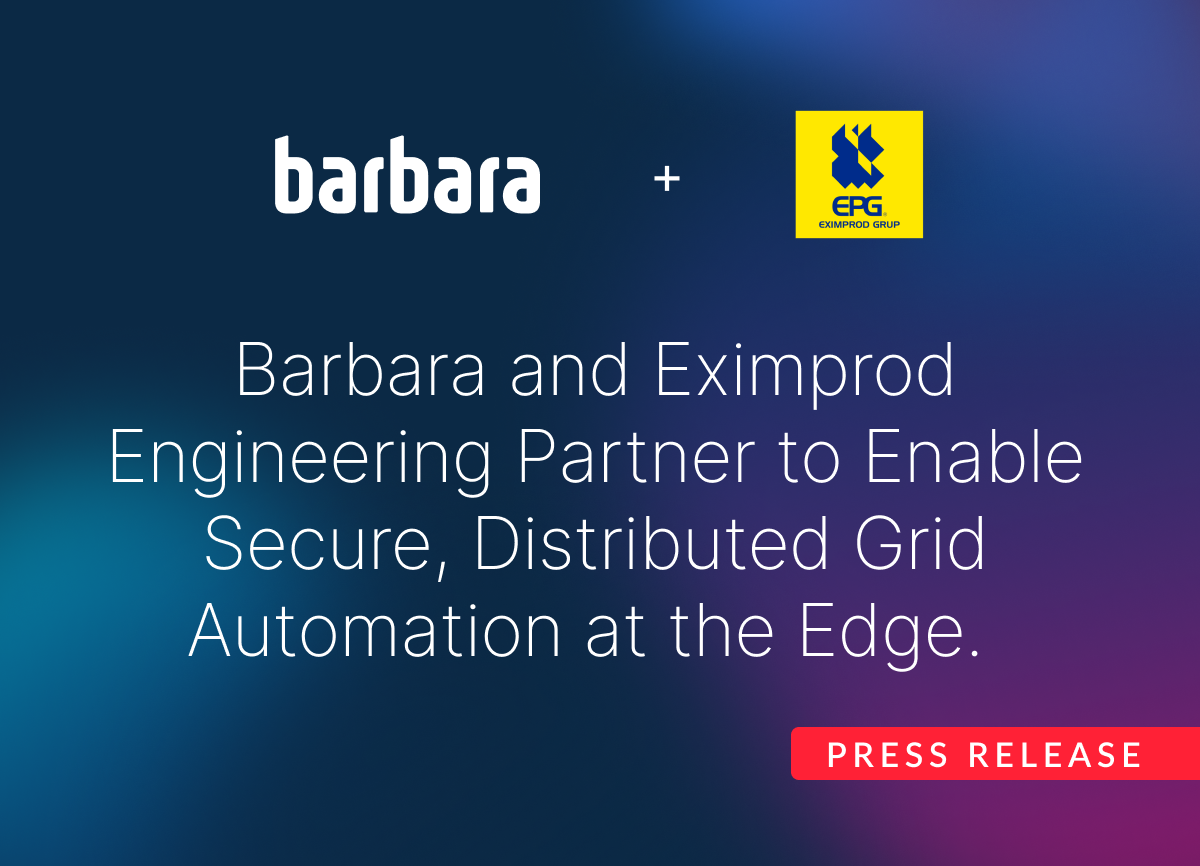Things to consider when choosing an IoT Platform.
To select the best platform for your business, make sure it is safe, effective and usable. And make also sure it can be reused in all your projects and services What is an IoT platform? Despite the word “platform” is quite vague (and we engineers tend to abuse the term), with “IoT platform” we mean the […]
What is an IoT platform?
Despite the word “platform” is quite vague (and we engineers tend to abuse the term), with “IoT platform” we mean the basis for the devices to be connected to each other and to generate their own ecosystem. It must be capable of supporting millions of simultaneous device connections and be easily configured.

If you are already in the IoT business, you know that there are hundreds of platforms, each one with their peculiarities. If you are new to the market, this diversity will certainly overwhelm you.
So let’s take a quick overview on the different kinds of platforms that you may find and how to decide which is the one that fits your best.
Types of IoT platforms
This is not an exhaustive classification but, more or less, we can divide IoT platforms one of these different types:
- Extreme to extreme: they provide hardware, software, connectivity, security and device management tools to handle millions of connections. It also provides managed integrations (OTAS, device management, connections …) to connect and monitor a fleet of devices and tools to exploit the data collected. (e.g. Particle)
- Edge platforms: they provide, mainly, device management and tools to monitor and operate remotely the devices. (e.g. Barbara IoT)
- Connectivity management platforms: they offer low cost, low cost connectivity management solutions through Wi-Fi and cellular technologies. (e.g. Wireless Logic)
- Data platforms: they combine many of the tools needed to route device data and manage / visualize data analysis. (e.g. Azure)

How to choose an IoT platform?
Before choosing the right platform for your business, you must have a clear view of your needs. You must analyze the scope of the service you want to provide to your customers or to yourself. Keep in mind that not all platforms are IoT-exclusive so some of them may exceed what you require for your business. Pricing is always something to take into consideration, but making a bad choice in the platform you will use, can be fatal for your business, so don’t consider just the money it costs.
Therefore, apart from your economical constraints, these are some of the things you should evaluate in order to make a proper decision:
- Connectivity and normalization: the capability of using different protocols and data formats for the accurate transmission of data between devices.
- Device management: to ensure that all “things” work correctly, it is important that the platform allows to correct individual errors and send updates remotely
- Security and privacy: End-to-end security, security update protocols and role-based access control (RBAC) and multi-factor authentication
- Database capabilities: Scalable storage, capacity, speed and veracity
- Processing and management of the action: Automation of “smart” actions based on sensor-specific data
- External interfaces: integration with third parties through application programming interfaces (APIs) software development kits (SDKs) and gateways.
- Analytics features: Capabilities of producing complex analysis of real-time data, automatic learning and artificial intelligence
- Visualization features: graphics that allow the user to understand the processed data
IoT platforms are key for the development of applications, software and services for the “man-to-thing” and “thing-to-thing” interconnections. The progress of these platforms is in continuous renewal and expansion, so many will come and go (see for instance what happened with the GE IoT platform). That’s why choosing the right one is a very important decision to your future.
Barbara IoT… is it a platform?
Well, yes, but not only a platform. Barbara is a solution to enable companies to make IoT deployments easy and secure. It solves 3 main challenges in IoT projects:
- Data acquisition from heterogeneous sources (legacy equipment, modern sensors…)
- Connect this data with remote services, both existing or newly created.
- Secure the whole process, data and equipment used.
To do so, Barbara Software solution includes: 1) an Operating System, Barbara OS, that runs in IoT gateways and other IoT devices; and 2) a dashboard, Barbara Panel, that allows to monitor and manage the whole lifecycle of the IoT devices.
In that sense, we can consider Barbara as an “Edge Platform” since the focus of our tools is to allow a remote monitoring and management of the IoT devices. this includes being able to update the whole firmware of the devices, updating the applications, changing the configuration, among other things. It also includes a REST API so companies can integrate Barbara Panel capabilites in their own dashboards.
If you are interested in understanding better Barbara Software solution, you can try our demo and give it try. Just contact us!



.png)





